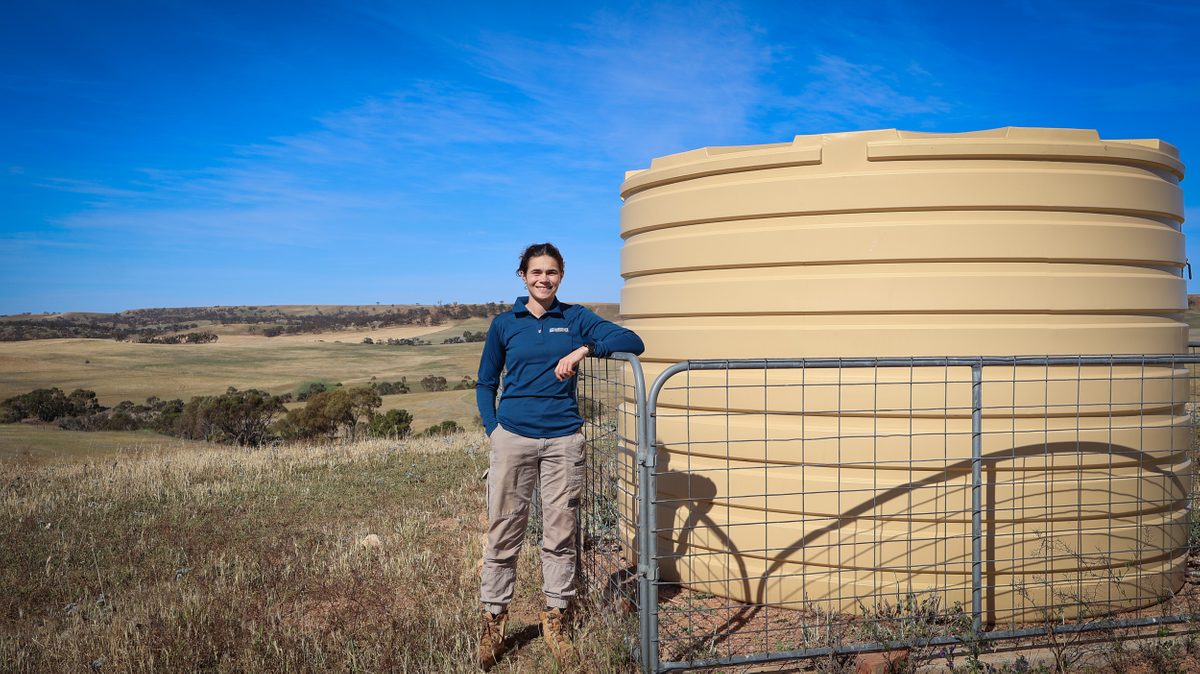Feral animal control gives Bangor fire zone a boost
On ongoing feral animal control program is giving the Bangor fire scar a winning chance at recovery, according to Natural Resources Northern and Yorke (NRNY).
An ongoing feral animal control program is giving the Bangor fire scar area a winning chance at recovery, according to Natural Resources Northern and Yorke (NRNY).
An aerial goat and deer cull was recently conducted across about 20,000 hectares of both government and privately-owned property in the Southern Flinders Ranges from north of the Port Germein Gorge Road to the southern end of Beetaloo Resevoir.
Danny Doyle, district manager for Southern Flinders/Upper North, NRNY, says aerial goat control has been carried out in the area for the past 15 years, but the Bangor fire in January/February this year had increased both the urgency and the opportunity to undertake the culling program.
“The fire opened up the country a lot and that has allowed good conditions to control goats, but it has also increased the urgency to control goats,” he says.
“The country is recovering well and we’ve had some sightings of Yellow-footed Rock-wallaby, but this culling program is critical to hold the country in good condition as it progresses through the stages of fire recovery.
“Fire is a natural thing, but it’s important that we manage the recovery process to give the vegetation and habitat the best chance of recovery through management of grazing pressure from feral animals.”
Coordinated by NRNY and Greening Australia as part of the Living Flinders Program, the feral goat cull was partly funded by the Australian Government as well as SA Water and Forestry SA.
The aerial culling program is conducted by trained Department of Environment, Water and Natural Resources (DEWNR) aerial marksmen.
This work is part of ongoing control activities which includes ground culling as well as mustering and trapping.
“Traditionally we do one aerial goat cull each year and a couple of ground shoots,” Mr Doyle says.
“This year, following the Bangor fire, we have increased it to two aerial culls, with another planned for March 2015.
“We’re pleased with the way we’ve been able to get on to the goats and the increased control effectiveness of the aerial culling program, which has been reinforced by the ground program as well as some trapping of goats.
“Aerial culling is an important control method and is very effective, especially when used in conjunction with other control methods.”


